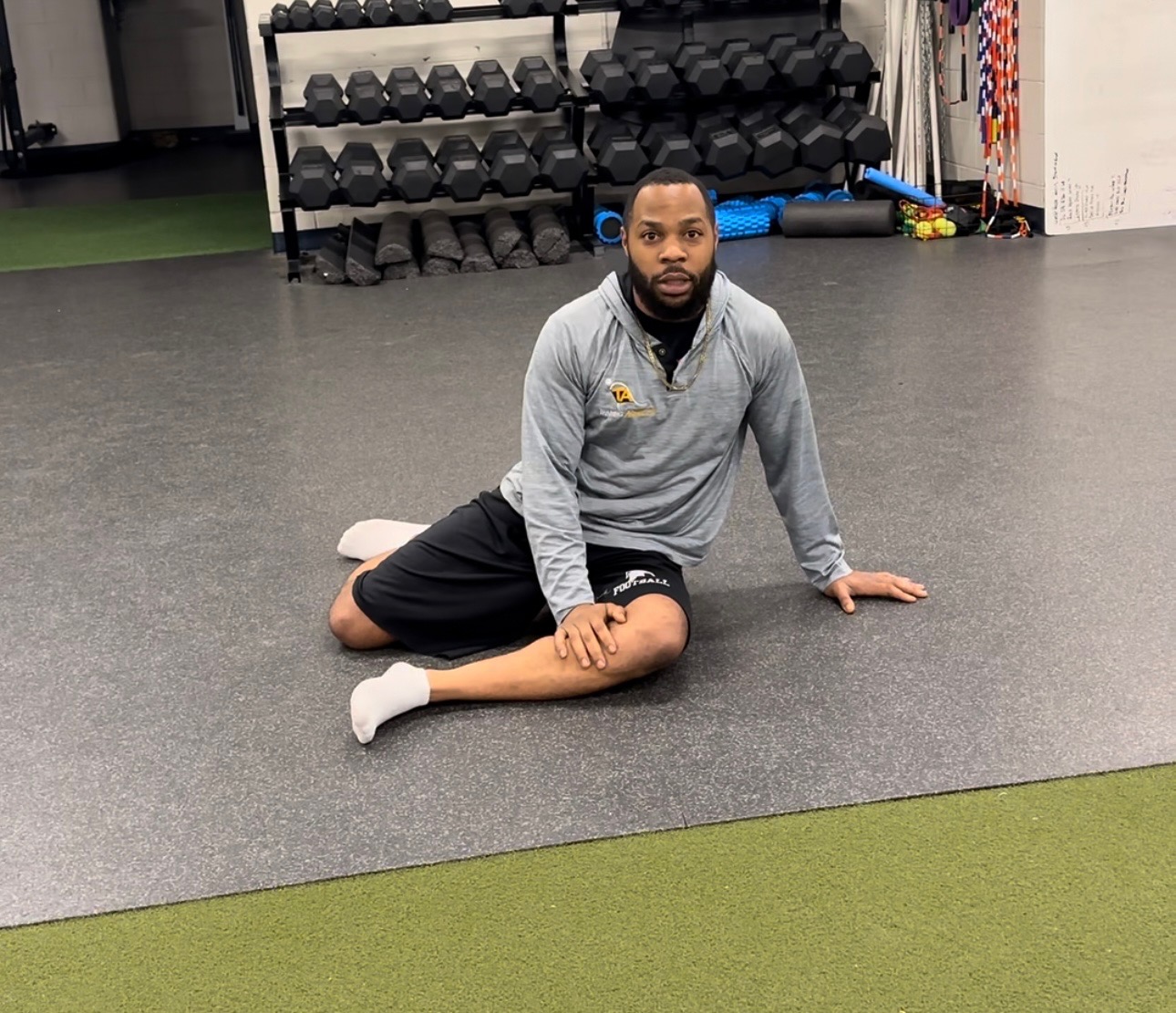We often find ourselves stuck in routines or feeling like there’s not enough time to focus on flexibility. Whether you’re powering through a demanding workday, pushing through practice, or dealing with post-workout soreness, improving flexibility can make a noticeable difference in performance and recovery.
What Is Flexibility
Flexibility is the ability of a joint, or series of joints, to move through a pain-free range of motion without restrictions. This ability is crucial in reducing muscle soreness, alleviating tightness, and enhancing overall mobility. Increased flexibility promotes blood flow, allowing muscles to loosen up and expand their range of motion. Good flexibility is also linked to reduced low back pain, better posture, and improved biomechanics.
How Flexibility Impacts Athletes
For athletes, enhanced flexibility can make a tremendous difference in performance. Take hockey players, for example. Many hockey players suffer from tightness in their lower backs due to overactive hip flexors. By focusing on stretching the hip flexors and hamstrings, we can reduce instances of low back pain among these athletes.
Similarly, if we look at an athlete’s jumping mechanics—particularly in the ankles, knees, and hips—we might observe that while they extend their knees and hips, few engage their feet fully. This often stems from limited ankle range of motion. By increasing flexibility in the ankles, athletes can see a significant boost in explosiveness and power within a few weeks.
Flexibility in Everyday Life
Flexibility benefits extend beyond athletes and into daily life. For example, how often do you see tall individuals with rounded shoulders or a tendency to “slouch”? This posture typically results from tight shoulder muscles pulling on the shoulder blades. Regular shoulder stretches can reduce roundedness and promote better alignment. For people with desk jobs, incorporating 10 minutes of stretching for the hips and back can alleviate discomfort caused by prolonged sitting.
Flexibility Training
Incorporating flexibility training into your fitness routine can be transformative, whether you’re an athlete seeking peak performance or simply looking to move better in daily life. Enhanced flexibility not only aids in reducing injury risk and improving posture but also boosts range of motion and overall body mechanics. By dedicating time to flexibility, you’re investing in long-term mobility, strength, and resilience—helping you perform at your best and maintain a healthy, active lifestyle for years to come.
Written By:
Darrid Watson, CSCS, NSCA-CPT
Take action… Now!
Voorhees Flyers Training center. The Hollydell ice arena, in the main building. Ice land hockey rink



